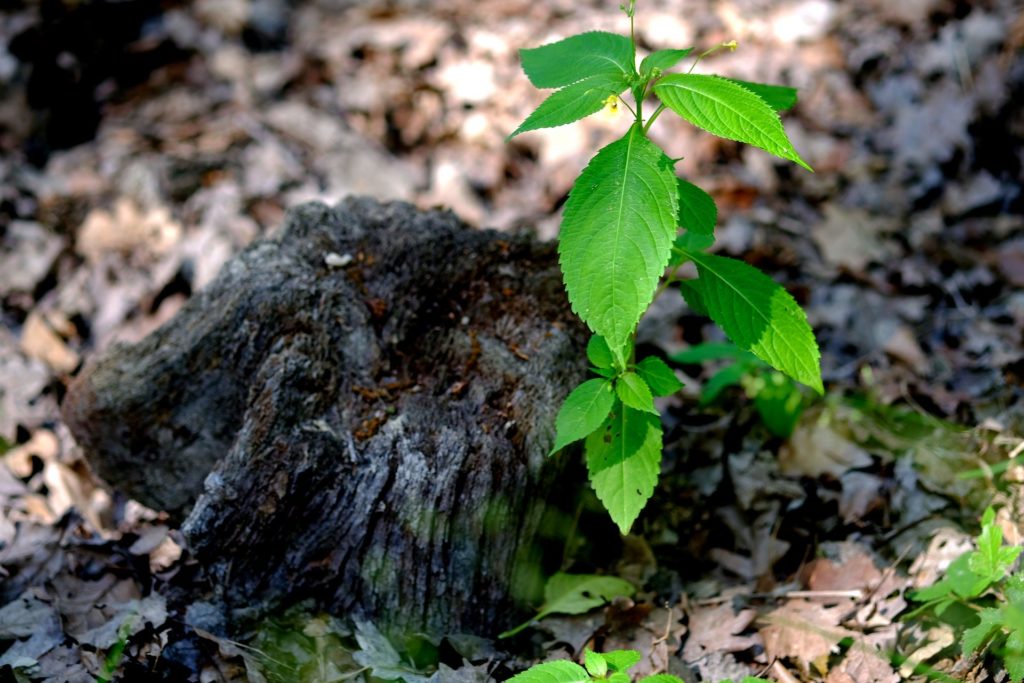Featured in

I PAUSE AS I climb the rocky hill with a gift of warm muffins, and call in the dogs before they race towards the top dam. Last June the dam was dry, the paddocks were drought-bare, the hay we fed our cattle daily didn’t sate their hunger and I was in the midst of chemotherapy. October brought bush fire, February a flood and then with March came lockdown.
I worry about the vulnerable in that ‘big world out there’, particularly my own loved ones in Spain and South Africa. But here in the winter sunshine I smile at the green posies that sprout haphazardly from charcoaled trees – trees I thought might never recover. My jeans are wet to mid-thigh, and seed speckles the dogs as they bounce through the long grass. We have again that most precious resource: water.
We who live rurally have been significantly less impacted by the fear, dangers and significant changes COVID-19 has wrought. As my partner Jen often says, ‘every paddock has its problem’.
From this rural vantage point, during lockdown, I’ve been intrigued by the changed way people connect in the ‘big world out there’. Suddenly I’m able to attend cultural events by Zoom; busy city friends want to ‘meet up’; and there are countless suggestions for dealing with isolated living. For years I’ve been practising and pondering isolation. The farm where I live is miles from the scaffolding I was raised to believe life depended upon. Isolation has been my problem with this particular paddock.
I’ve always known separation. As a child in South Africa, the apartheid government divided us into communities based on that most superficial of criteria, skin colour, while international sanctions isolated us from that ‘big world out there’. Later, as a migrant to Australia, my sense of safety and belonging still resided in my birthland, far apart from where I now lived. But it was another move fifteen years ago, away from urban juiciness to Jen’s relatively isolated cattle farm, that showed me the complexity and significance of connectedness.
FOR YEARS, I was ashamed of my dissatisfaction with this rural life. I had Virginia Woolf’s material privileges as well as the non-material privileges that a ‘room of one’s own’ symbolised: ‘the power to contemplate’ and ‘to think for oneself’. Freedom, safety and joy were mine – if only I could seize them. My need for connection seemed increasingly irreconcilable with the virtues required for rural living.
I marked page after page of Montaigne’s ‘On Solitude’, grateful that he understood how challenging it was to ‘gain power over ourselves to live really and truly alone – and [do] so in contentment’. I was bewildered that fire-brigade meetings, the fortnightly Bar and BBQ at the local mudbrick community hall, emails and phone calls with friends didn’t satisfy my hunger for connection. Trips to ‘town’ didn’t assuage the longings either. I discovered that the more time one spends alone, the more difficult it becomes to connect with others, the more weight every encounter carries.
I wonder if others are discovering something similar now.
I longed for regular, nuanced face-to-face interactions, the shared silent witnessing and listening, for routes out of the repetitive labyrinth of my contemplative mind. Social media was no solution; its lack of context merely emphasised my exclusion from that ‘big world out there’.
But then, I discovered too how when we were flooded in, isolated for days or weeks, I felt a kind of delighted wonder. Everyone on our side of the creek was ‘in it together’. Jen was in the kitchen making pink grapefruit marmalade and, freed of guilt about weeding or collecting manure, I was at my desk. An external force was responsible for our isolation and I felt accompanied, a solidarity with the locals I knew from firefighting and funerals.
Now that ‘big world out there’ has been thrust into a similar kind of isolation, and again, oddly, I’ve felt accompanied.
So too as commentary on our need for connection has burgeoned, alongside the frequent use of terms like ‘social isolation burnout’, I’ve felt less ashamed of my long and halting adaptation to rural life. These days I treasure the privilege of space and nature and the capacity to work – as long as our limited satellite download lasts.
This is how it is, too, for most of our neighbours – even Terry, who’s camped in a caravan after his grand-design home was destroyed in the October fires. As I said, every paddock has its problem.
CONSTRAINTS INEVITABLY LEAD to creativity. Farm life led me to new selves and ways for living. And lockdown has seeded change too. My cousin, a ballerina in London, has been teaching Zoom barre classes, posting ouchy clips of polishing wooden floors or cleaning windows as her own legs stretch in unseemly ways. The writing community has also turned to new platforms: ‘Writers Go Forth. Launch, Promote, Party’ is just one Facebook group for writers launching books during lockdown.
I’m one of those writers who had events cancelled. Ironic, really, given my memoir is partly about rural invisibility and isolation.
But my lockdown launch month was a delight. The ‘virtual launch’ was video clips: my book balanced on a burnt stump as I spoke to my imagined audience, and then read extracts in the cattle yards or other locations in which they were set. And as we filmed these pieces, I pictured a friend too ill to leave her bed; others quarantined in tiny apartments; people confined to their houses and unable to even go walking.
I launched my book from the calm familiarity of home – a rarity for a rural writer – joined by my own special people from around Australia, Spain, London, South Africa and New York. How wondrous during such ominous times to be so accompanied, and for a book’s birth to bring so many people together despite the currently impassable borders.
Now, as I walk, these warm muffins wrapped in a tea towel for the crew building a sparkling fence to replace our burnt one, I thump back to reality: borders and disconnections of some description exist. They probably always will. In Australia we have a gaping digital divide and during lockdown, without postal services to Spain and South Africa, my people haven’t been able to buy a hard copy of my book or get it on iBooks or Kindle yet.
But that’s a piffling problem for my paddock in an era when a ‘good day’ is, as Geraldine Brooks wrote in her novel of the plague, Year of Wonders, one ‘when no one died upon it’.
Then I spot a roo, alone since the bushfire’s slaughter, and she meets my gaze. And I wonder: did such a ‘good day’ exist pre-COVID-19? When have we known a day when no one died from plagues of domestic violence, poverty, climate change, racism or hate?
But as that roo bounds away towards the bush, that thought is superseded by my preoccupation with the glorious recoveries – of my own body, and of this landscape and community since the devastating October bushfire. If natural disasters galvanise communities, if ruptures make space for the new, perhaps lockdown’s contemplative and creative awakenings can mobilise us all to new kindnesses and solidarities, to the change needed for communal and planetary health. It’s our paddock; it’s we who need to resolve its problems – regardless of those seemingly impassable borders.
2 July 2020

This article is supported by the Judith Neilson Institute for Journalism and Ideas.
Share article
More from author

The how matters
MemoirThis story contains descriptions of violence. ON SATURDAY 15 March 2014, my stepmother Genee was shot twice in her bed in Johannesburg. No. That’s misleading:...